Is your shoulder pain mechanical?
If you use your shoulder, i.e. reach overhead, carry/more weights or sleep on your painful shoulder, it causes more pain. If you find that your shoulder pain gets worse/better independent of your activity you may be dealing with referred pain from your neck, or red flag signs like: infection in your shoulder (coupled with fevers), heart conditions (referred symptoms).
How did you hurt your shoulder?
Was it an acute injury?
Acute injuries that result in a loss of function, like not being able to move through range as normal, generally should have a further imagining like: an X-ray (rule out fractures), US (ligaments and rotator cuff injuries) or MRI (gold standard : identifies all issues) based on the suspected damage.
Acute shoulder injuries can be complex and can involve multiple structures, however for our understanding we can categorize them into 3 different types.
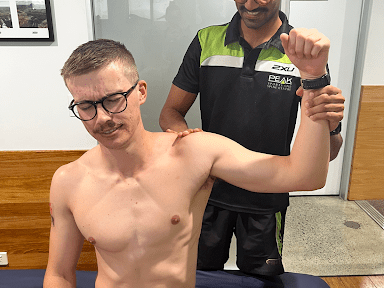
1
Injuries involving traumatic instability – dislocations and subluxations. Generally the shoulder gets pushed forwards, in an abducted and externally rotated position. This can cause damage to the front of the joint capsule. In younger adults, an anterior dislocation has a very high chance of recurrence. This should be treated well the first time, with the aim of avoiding future recurrence. In older adults shoulder dislocation will commonly be coupled with a cuff tear.
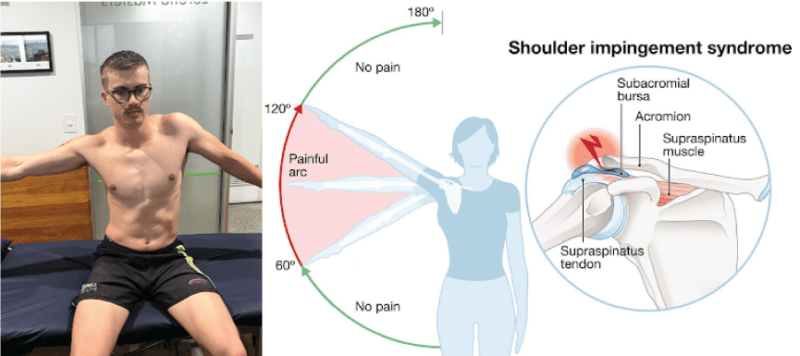
2
Rotator cuff tears – this will happen in older adults, where the mechanical properties of your muscles and tendons lend themselves to being torn more easily than in a younger population. A certain amount of damage is normal in the rotator cuff, and should be expected in non-painful shoulders. An acute complete or partial thickness tear can result in high levels of pain and loss of function. Raising your arm to your side will be very difficult, you may see a shoulder shrug sign. In less severe rotator cuff injuries you may see painful arc signs.
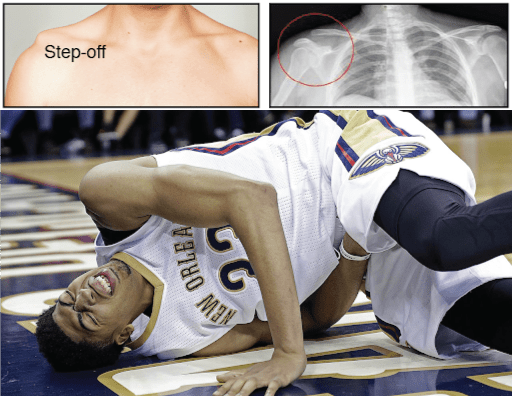
3
ACJ injuries – this is more common in contact sports, and it’s very easy to identify. An ACJ injury most occurs with falling on the lateral aspect/tip of the shoulder. In this injury a shrug, reaching across your body, and palpation on your ACJ will cause you pain. Once identified this injury requires rest to heal appropriately for a certain time period, and gradual progression to usual activity. You may notice a “step deformity” on your shoulder as well.
Shoulder pain without an injury
Alternatively if you’ve had an acute injury with no major loss of function, and unsuccessfully waited for your shoulder pain to subside, you’ll fall into our second category of shoulder pain. Shoulder pain can gradually build up/accumulate with small aggravating activities over time, and it does not require significant trauma.

Conditions that need to be specifically identified include:
Calcific tendinitis:
This most commonly affects 40-60 year old's, and is more common in women. The pain caused by the body trying to resorb calcium deposits in the rotator cuff tendons. This process can be triggered after a traumatic event. This painful episode self resolves
Frozen shoulder:
The cardinal sign is stiffness or lack of range in external rotation, and abduction with pain. It most commonly affects people between the ages of 40 and 60, and occurs in women more often than men. The pain may subside after a few month however regaining full range and function can take around 18 months.
Cuff related shoulder pain
The third cluster includes all other types of shoulder pain, and for the purpose of early diagnosis and self treatment it is not important. We can label it as cuff-related shoulder pain.
Over the last decade there has been a shift in how we classify shoulder pain. There is a movement away from seeking a pathological diagnosis for shoulder pain in chronic shoulder pain cases, as research has shown that asymptomatic individuals show shoulder damage on imaging at similar rates as those with shoulder pain. This call to question what is meaningful tissue damage and what isn’t, in pain presentations?
Diagnosis
Unless your shoulder pain falls firmly in the aforementioned categories, we will designate it the title of cuff related or sub acromial shoulder pain. You may think that without knowing specifically what’s hurt how would we know what to treat? We aim at restoring your shoulder strength, mobility and stability deficits and gradually expose your shoulder to more load. This is a tried and tested method that has been shown to be effective in treatment of shoulder pain (Pieters et al., 2020).
Everyone will need a slightly different approach to rehabbing/treating their shoulder pain. This is a stereotypical progression for acute/chronic shoulder pain, for strength and stability.
- Band pull apart
- Side Lying external rotation
- Wall push up/plank march
- Supine internal rotation
- Overhead press
- ½ kneel overhead press
These exercises are progressively more challenging for shoulder stability and strength. Even more important than the actual exercise is your loading principle: 3/10 pain during and 1 hour after exercise is okay. If you can complete 3 sets of 8-10 reps of a particular exercise well, make it harder by adding more load/weight or move on to the next level. Start at 1 and 2.
Self treatment and manual therapy.
This is not the main solution, however it is a great adjunct to your treatment. You can do the following self-manual-therapy techniques.
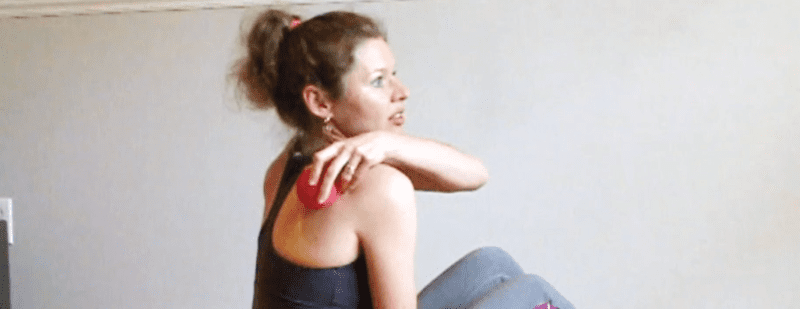
INFRASPINATUS TRIGGER POINT RELEASE

PEC MINOR RELEASE
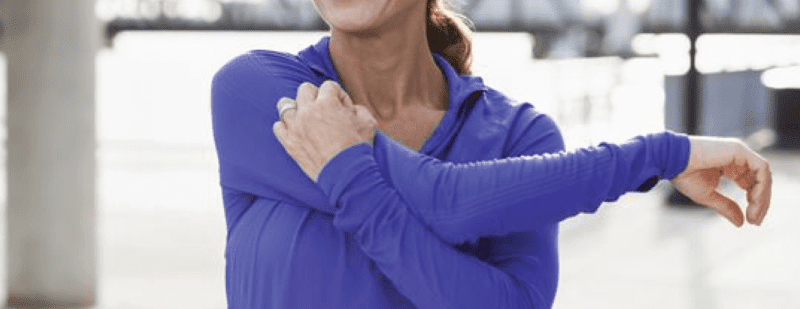
SHOULDER RANGE OF MOTION EXERCISES
How do we prevent shoulder pain?
Make your shoulder stronger and more stable than what it needs to be for everyday demands. In other words, train your shoulders capacity to do work. For a practical example: if you can press 10kg overhead with one arm, lifting a 5kg box from a shelf is less work for your shoulder than if you could only overhead press 5kgs. We use this theory to guide our pre-employment screens for physically demanding work roles, and identify risk of injuries/ fitness for work.
Although this blog may present your shoulder pain as being simplistic, there are always nuances to shoulder pain that require the input of a physio. If you need any advice, treatment or want to prevent shoulder pain contact us at a PEAK sports and spine center.
Pranay Singh
PEAK Physiotherapist and Coach
PEAK Sports And Spine Centre
References
Pieters, L., Lewis, J., Kuppens, K., Jochems, J., Bruijstens, T., Joossens, L., & Struyf, F. (2020). An Update of Systematic Reviews Examining the Effectiveness of Conservative Physical Therapy Interventions for Subacromial Shoulder Pain. Journal of Orthopaedic & Sports Physical Therapy, 50(3), 131–141. https://doi.org/10.2519/jospt.2020.8498
Let's get started — How can we help?
Physiotherapy
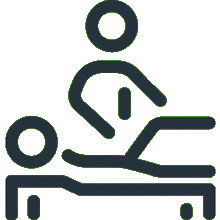
Chiropractic
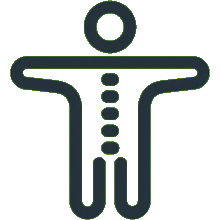
Podiatry
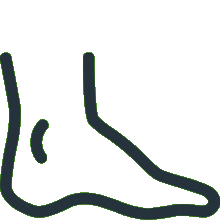
Massage Therapy
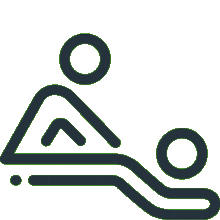
Women's Health Physiotherapy
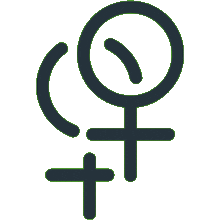
Running Program Tailored To Your Goals
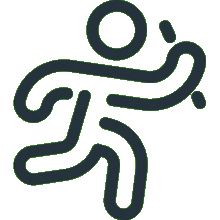
Joint Mobilisation
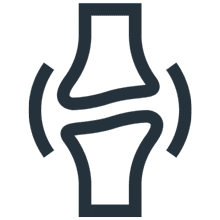
Active Release Technique
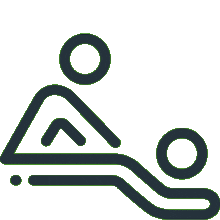
Exercise Prescription
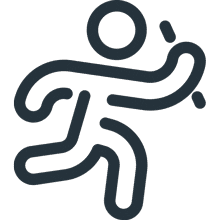
Real Time Ultrasound Imaging
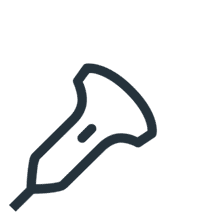
Spinal Manipulation
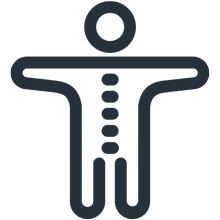
Functional Movement Screen
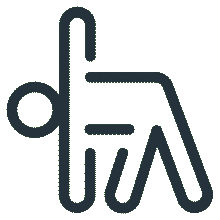
Knee Pain Treatment

Hamstring Strain Treatment
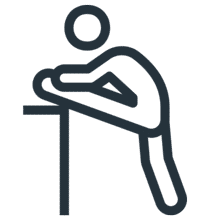
Hip Pain Treatment

Upper, Middle & Lower Back Pain

Neck Pain Treatment

Shoulder Pain & Rotator Cuff Tear

Can't find what you're after?
View all ServicesOr email the PEAK team at info@peakssc.com.au
Hawthorne
- Phone: (07) 3399 3318
- Fax: (07) 3319 6577
Address
5/171 Riding Road,Hawthorne, QLD, 4171 Get Directions
Opening Hours -
6 days per week
- Monday - Friday: 7:00 am - 8:00 pm
- Saturday: 7:00 am - 1:00 pm
To make a booking outside of business hours, please use our form by clicking here.
New Farm
- Phone: (07) 3399 4668
- Fax: (07) 3319 6577
Address
1/15 Lamington Street,New Farm, QLD, 4005 Get Directions
Opening Hours -
6 days per week
- Monday: 7:00 am - 8:00 pm
- Tuesday: 7:00 am - 8:00 pm
- Wednesday: 9:00 am - 8:00 pm
- Thursday: 10:00 am - 8:00 pm
- Friday: 7:00 am - 3:00 pm
- Saturday: 7:00 am - 3:00 pm
To make a booking outside of business hours, please use our form by clicking here.